Maybe it’s the fantasy nerd in me, but I love it when an anime takes the time to explain the rules that regulate its world. Surprise, friendship-fueled power-ups are fun, but I appreciate it when a series takes the time to explain how the heroes’ (and villains’) phenomenal powers work.
If an anime has a solid set of rules for how superhuman abilities work that apply to every member of its cast, the audience can (and almost always will) get invested in figuring out the power system’s intricacies. If a power system works well enough, the audience will think of a novel way to use it right before the character on-screen does. Here are the top twelve power systems in anime and a free explanation about how each one works and why they’re exceptional.
Top 12 coolest power systems in anime
12. Dragon Ball

I want to start this list with a power system everyone knows, even if they haven’t seen the series that spawned it. Akira Toriyama’s Dragon Ball is one of the most influential pieces of media ever made, and its power system, as easy to understand as it is prime for experimentation, is the primary inspiration for countless others.
In Dragon Ball, all living things produce Ki, life energy those with proper training can weld as a weapon. Based on and named after a core concept in Eastern philosophy and martial arts, mastery over key allows one to fly, blast beams of energy, and transform into more powerful versions of themselves with various shades of glowing, flowing hair.
The beauty of Ki lies in one simple fact: everyone in the world of Dragon Ball has it. The only thing separating Goku, Vegeta, and all the other Z Warriors from the people they protect is their willingness to chase improvement, to work through the pain that keeps so many of us from skipping the gym after New Year’s Eve and honing those muscles we’ve always dreamed of having.
11. Bleach
The first representative of Shonen’s original Big Three to grace this list, Bleach is one of the many anime I will discuss that burrows the central pieces of Dragon Ball’s power system and use them to forge something new. In Bleach, living beings generate an energy known as Reiryoku, which manifests as an ever-present aura called Reiatsu. Reiyoku is so powerful that it’s essentially the fundamental particle of the Soul Society, the Bleach world’s version of the afterlife.
Reiatsu is a lot like Ki but is a bit more versatile. Soul Reapers who defend the spirits of the dead from monstrous demons known as Hollows can channel their Reiatsu into Zanpokto, specially designed swords with unique abilities that reflect their wielders’ nature. Reiatsu can also be used to teleport or create barriers through magic spells and condensed into raw energy blasts when immediate force is called for.
Ichigo Kurosaki, Bleach‘s protagonist, uses Reiatsu in almost every way imaginable, owing to his… unique heritage. Reiatsu isn’t the most well-defined power system out there, but it is an excellent example of what a mangaka can do with an elemental power system.
10. Clannad
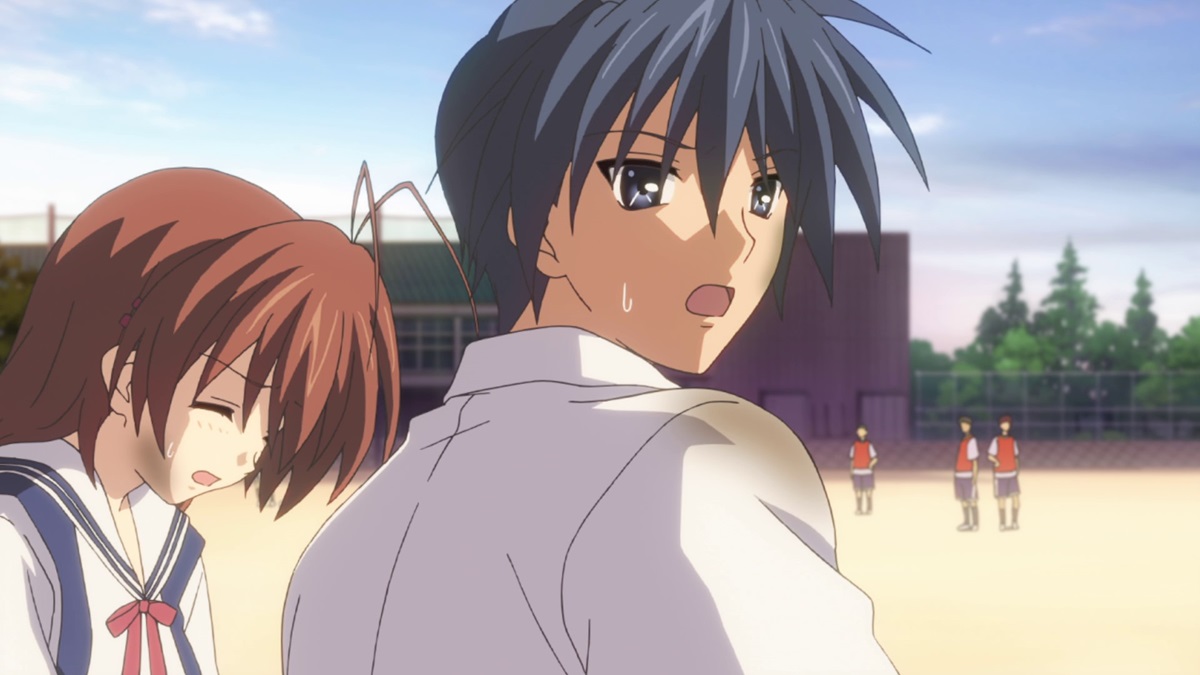
I can already tell some readers want to ask if this is a joke, and it most certainly isn’t. The anime Clannad is based on a visual novel, and both follow Tomoya Okazaki, a troubled high schooler whose life changes forever when he meets the optimistic Nagisa Furukawa. While the story is very much a slice-of-life, the series features a supernatural element as Light Orbs. Whenever Tomoya helps his friends resolve their ongoing burdens, he earns a Light Orb.
If the player cannot collect enough Light Orbs in the Clannad visual novel, the family Tomoya builds with Nagisa crumbles like melting snow. If you complete the full set tough, things end much happier. The anime forces you to sit through an episode based on the bad ending before it lets you experience the good ending.
It’s odd to see an anime so directly incorporate an element from the video game it’s based on, but it does an excellent job conveying the anime’s core message: be kind to the people in your life.
9. Mirai Nikki / The Future Diary
In Mirai Nikki, twelve people receive the ability to read the future using their cell phones (or an approximate equivalent). One will become the next god of time and space, but only if they emerge as the last person standing in a brutal fight to the death. Each of the twelve future diaries is bound to a different set of rules that prevent the diaries from giving users a complete view of the future.
I think this whole concept is insane, but I have a soft spot in my heart for Mirai Nikki and its absolute craziness. The anime pits deeply unhinged characters against each other in a mind game without rules. It’s what I can only describe as what would happen if a bunch of oracles in ancient Greece started slitting each other’s throats over which version of the king’s assassination would play out.
8. Sailor Moon
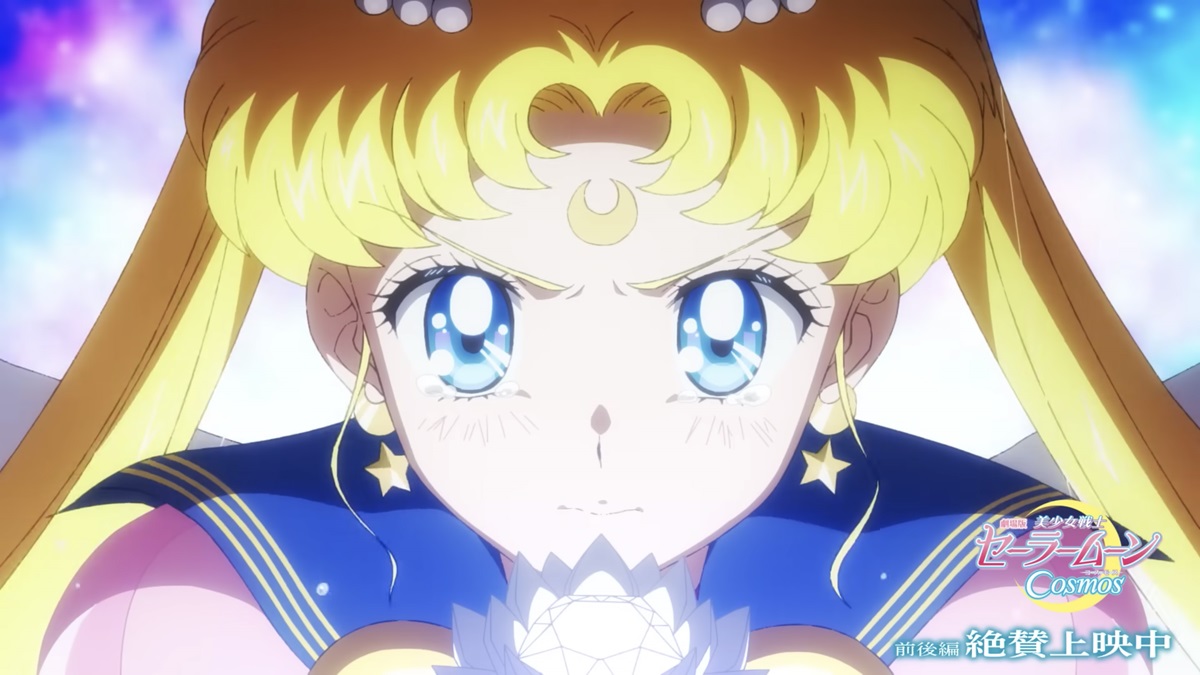
Too many people dismiss Sailor Moon as a cute, silly anime made for girls, and that’s a real shame. not only does the series feature some surprisingly gruesome scenes (looking at you, Death of the Sailor Guardians: The Tragic Final Battle), but it also has a unique power system. Usagi Tsukino and her friends wield transformation pens that allow them to transform into mighty warriors, each representing a planet in the solar system.
On the surface, the abilities corresponding to each Sailor Guardian are simple elemental powers, but they have an interesting pattern symbolism tied to astrology and Japanese naming conventions.
For example, Sailor Mercury employs ice and water-based abilities. In Chinese astrology, Mercury is tied to the water wing of the Zodiac, and the Japanese pronunciation of Mercury (Suisei, 水星) has the kanji for water, so she has corresponding abilities. The same can be said of Sailor Mars, who has fire abilities because the kanji for fire can be found in the Japanese pronunciation of Mars (Kasei, 火星) and because Mars is linked ot fire through the Zodiac. It’s one of the few systems I have come across that is based just as much in wordplay as it is based in the characters themselves.
7. Tengen Toppa Gurren Lagann
Mecha anime don’t usually have traditional power systems, at least not fantastical ones. Most mecha battles are won through clever implementation of combat strategies or blunt brute force. Tengen Toppa Gurren Lagann is a rare exception to this norm.
Gurren Lagaan‘s titular mecha aren’t powered by gasoline, nuclear fusion, or magic crystals from Mars. Spiral Energy, an ethereal life force generated by living beings, gives Gurrens life. Spiral Energy embodies evolutionary potential, reflecting life’s uncanny ability to adapt and survive under any conditions. All of Gurren Lagaan‘s protagonist, Simon, uses Spiral Energy to bring down Gurrens twice the size of his own on the regular. However, it’s the series’ overarching villain, the Anti-Spiral, who shows off what Spiral Energy is truly capable of.
The Anti-Spiral, a hive mind created by a race of aliens who believe the overuse of Spiral Energy will destroy the universe, uses its collected Spiral Energy to exert complete control over space itself. Throughout Gurren Lagaan‘s last episodes, the Anti-Spiral uses Spiral Energy to crumple the universe like an empty can, teleporting minions across trillions of light years, collapsing stars into black holes, and creating entire galaxies to serve as it’s personal arena.
6. Fullmetal Alchemist
Alchemy has always fascinated me. Maybe it’s because it straddles the line between hard science and mysticism to create something grounded yet fantastic. This probably explains why I like Fullmetal Alchemist so much.
In the world crafted by Himuro Arakawa, alchemy is a magical power that can deconstruct and reconstruct matter on an atomic level. Though fantastical, alchemical works are rooted in scientific principles: When an alchemist conjures fire or ice from their fingertips, they’re igniting or cooling the oxygen in the air. More complex acts of alchemy require an innate understanding of the chemical and molecular structure of whatever it is you’re breaking down or building up, so alchemists need to know what they’re doing.
While alchemy may seem to have limitless applications, all acts of alchemy are bound by a single, all-powerful rule: the Law of Equivalent Exchange. One cannot create something from anything; whatever you make through alchemy has to possess the same mass as the thing you made it from. And whatever you do, don’t use alchemy to bring someone back to life. Nothing is worth the price of a human soul, and alchemists who try to summon someone back from the grave will face dire consequences.
5. Hunter x Hunter
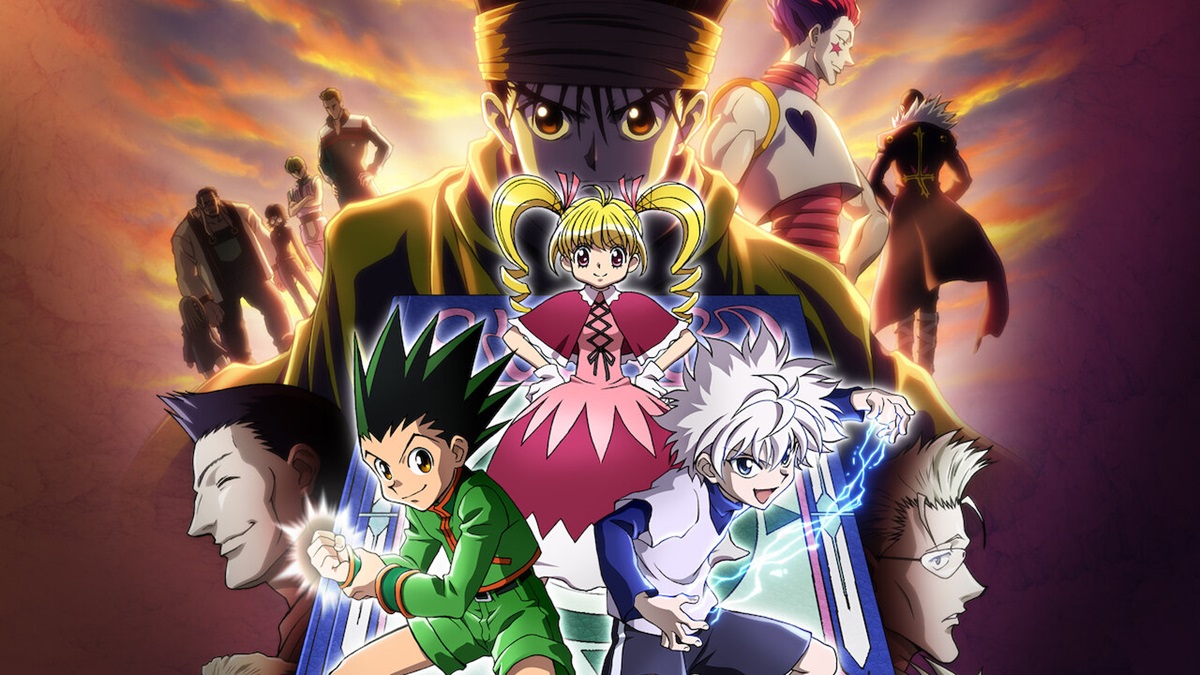
Hunter x Hunter’s power system, known as Nen, is another power system filed by life energy, but it’s one fo the most fleshed-out takes on this idea I’ve seen. Nen is a mental art rooted in mediation and martial arts that allows one to control their aura to perform superhuman feats. Four branches of “generic” Nen arts, Ten, Zetsu, Ten, and Hatsu, enable users to focus their will, conceal their presence, strengthen their bodies, or express their will as a special Nen ability
Nen-based techniques reflect the personality of their wielders. Straight-forward folks like Gon use their Nen to empower their punches or embed their kicks with fire, ice, and electricity. More eccentric souls like Hisoka flex their bizarre natures by crafting unique, esoteric techniques that warp reality and perception to their liking.
Nen isn’t the most complex power system, but I appreciate the lengths the series goes to to explain how it works and why so many people worldwide don’t use it. In the world of Hunter x Hunter, Nen is a closely guarded secret, with knowledge of its existence exclusively held by high-ranking government agents or dangerous criminals who found ways to cheat the system.
4. My Hero Academia

My Hero Academia has one of the most bizarre, but fascinating systems out there. If you’ve read Marvel comics, you’re probably aware of mutants, a minority of people born with phenomenal powers who are often the targets of bigotry and violence. My Hero Academia flips this idea on its head, presenting viewers with a world where almost everyone is a mutant.
In My Hero Academia, over eighty percent of the world’s population possess a “Quirk,” an in-born superhuman ability. Some people get stuck with powers that make them look like frogs or allow them to levitate small objects. Others are born with combustible sweat or the ability to reduce the effects of gravity.
What makes My Hero Academia‘s power system so interesting is the way the series shows its impact on the world. The way society treats people with Quirks is the basis for many of My Hero Academia’s plot threads, and the series isn’t afraid to ask hard questions. Is giving people who use their powers for “good” the authority to operate as law enforcement okay? What if the efforts schools and mental health institutions use to “normalize” people with destructive Quirks do more harm than good? My Hero Academia raises all these ideas and gives the audience room to think about them, and that’s not something a lot of anime are willing to do.
3. Naruto

Ninjas have always been cool, but Naruto somehow made them even cooler. Drawing influence from the more esoteric side of real ninja training, the shinobi and kunoichi of Naruto’s world tap into yet another natural life force, this time known as Chakra, and use it to perform specialized ninjutsu techniques like the often-replicated Shadow Clone jutsu
Throughout Act 1 of Naruto‘s story, ninjutsu is used to perform standard feats, but things ramp up as the series goes on. Before long, Naruto, his friends, and his enemies use chakra to blast energy balls from their palms, create illusions so real they impact reality, and pull meteorites from the heavens and huck them down to earth.
2. Jujutsu Kaisen
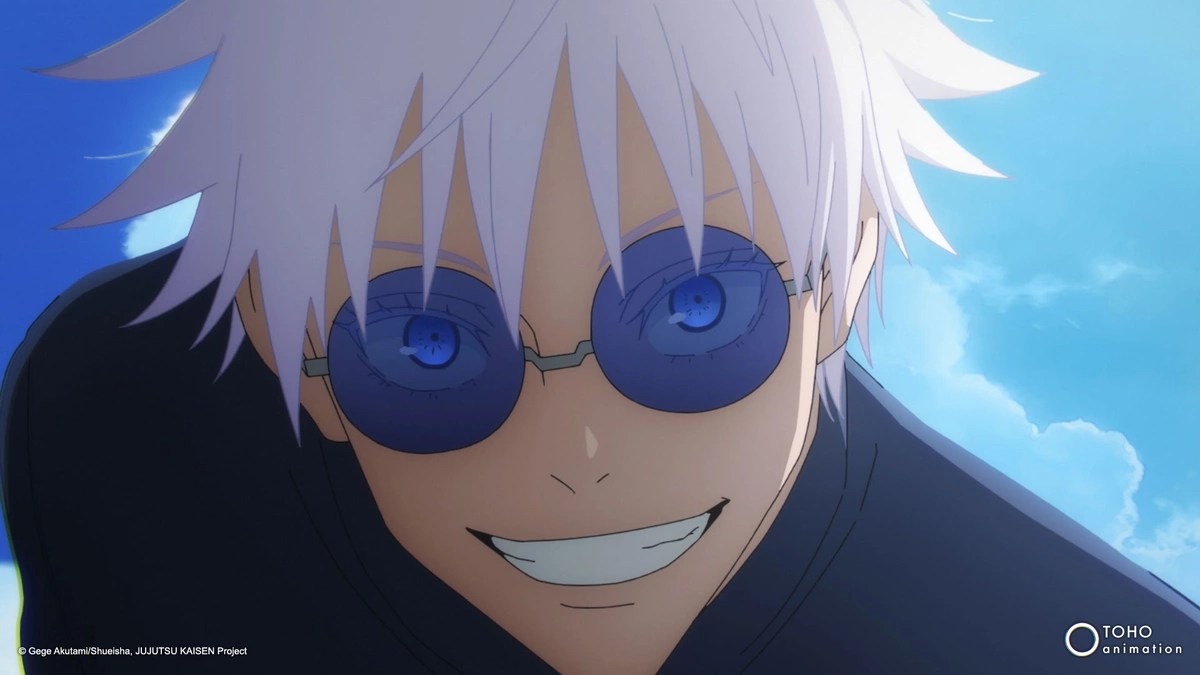
Jujutsu Kaisen has a similar power system to Bleach, but I think the former uses it in a more memorable manner than the latter. Cursed Energy, like Reiryoku, is a natural energy that specially trained Jujutsu Sorcerers can use to perform powerful supernatural abilities. Unlike Reiryoku, though, Cursed Energy is an innately malefic force, the product of negative emotions like anger, fear, and despair which breeds the Cursed Spirit’s sorcerers protect humanity from.
In its most basic form, Cursed Energy allows one to sense the existence of Curses, but it has plenty of other uses, especially in combat. Jujutsu Sorcerers use Cursed Energy to create barriers, heal injuries, and perform specialized “Innate Techniques.” If they want to expand their abilities further, jujutsu sorcerers can boost their abilities through Binding Vows and Heavenly Restrictions, self-imposed limits that sacrifice utility for raw power.
There’s an intense cerebral element to Cursed Energy and Jujustu Sorcery. Sorcerers are rarely ever stable, well-functioning people, and that innate instability may be way allows them to use Cursed Energy
1. One Piece
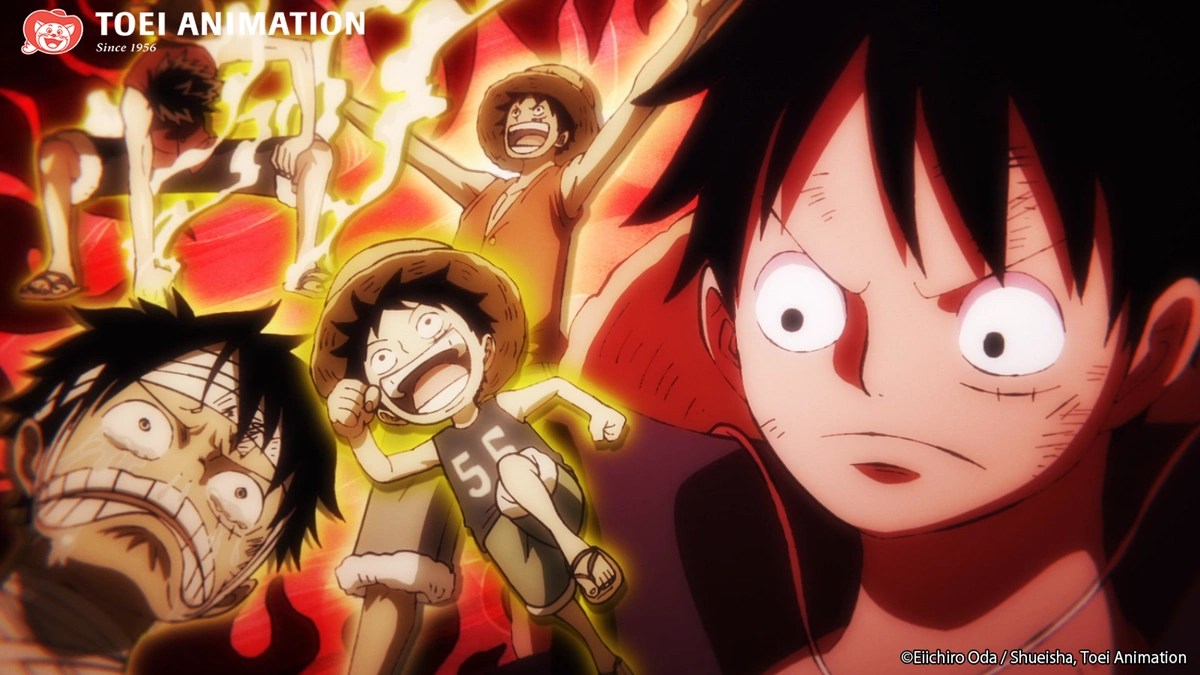
And, coming out on top is the power system found in One Piece. In the world of One Piece, there are an unheard of number of devil fruits, all of which possess an almost unfair amount of power. Just a handful of examples include being able to live forever (the Yomi Yomi no Mi), being able to be turned to wax and use said wax against your enemies (the Doru Doru no Mi), and the ability to create and manipulate strings (the Ito Ito no Mi), which can help if you’re an egomaniacal despot bent on controlling people. To add, each devil fruit can be categorized into three types: Logia, which allows users to transform their body to a natural element; Zoan, which allows users to transform into an animal; and Paramecia, which allows users to transform their bodies in other ways than into animals and natural elements.
And that’s just the start — some of the most frightening and evil creatures in the One Piece world have access to this system, but also, some of the most heroic characters do, as well.












Published: Jan 3, 2025 04:16 pm